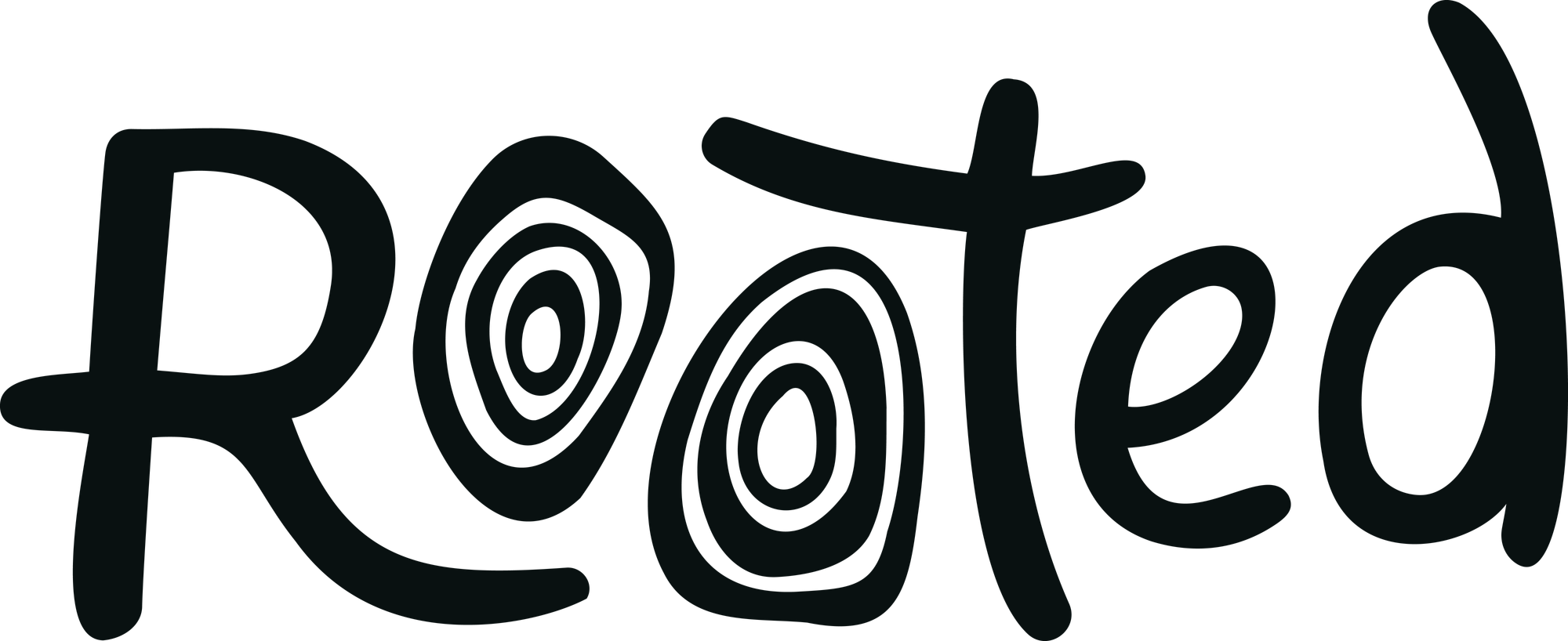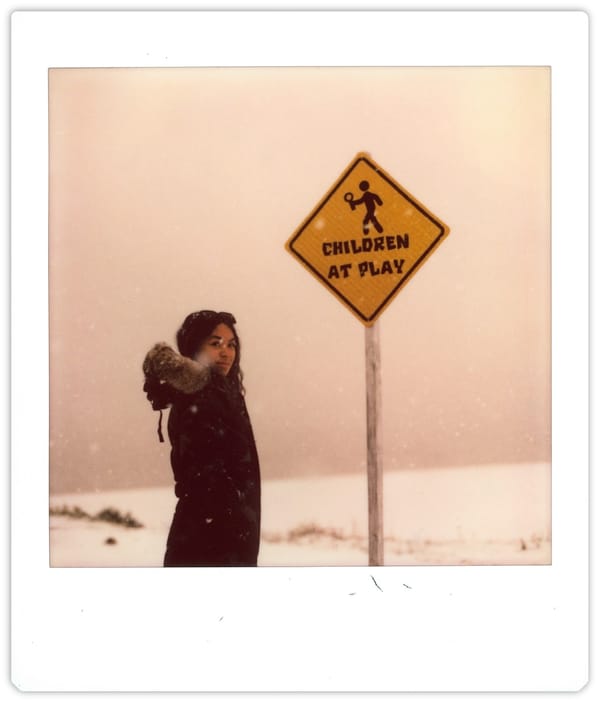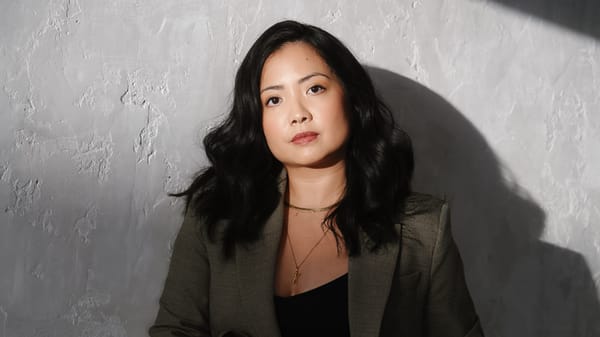Photographer Marion Aguas captures triumphant portraits of the queer community
Originally from Los Angeles, Marion Aguas is a trans-masc Filipinx photographer based in Brooklyn.
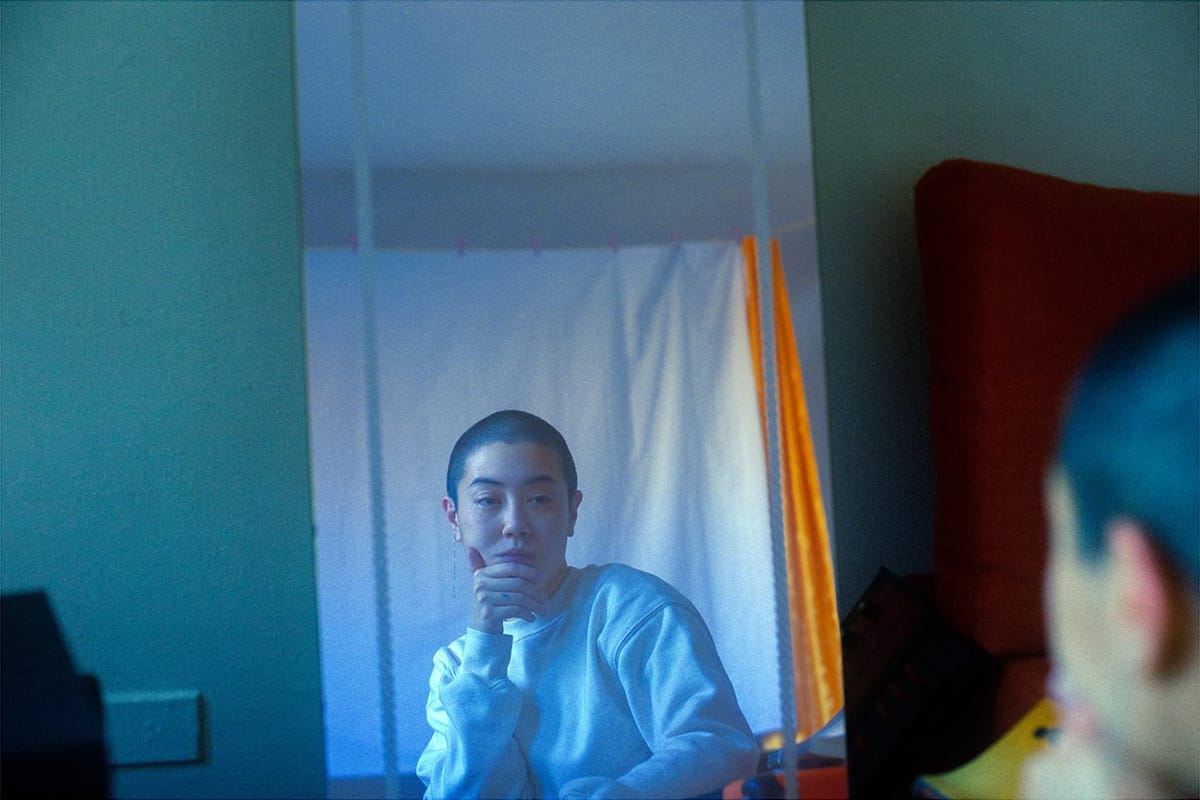
Take one look at Marion Aguas’ photography and you’ll see triumphant images of the queer community — in moments of both public and private intimacy, emerging from nightclubs to the vulnerability of someone’s apartment in New York City. The result is a collection of intricate portraits of queer bodies and relationships in action.
For the last six years, Aguas lenses the queer, Asian American folx first.
“I want my photos to show that we are the hottest baddest bitches and when Asians are the main character. We will steal the show and honestly maybe that's what white people are afraid of: how brilliant we are when we choose not to assimilate,” Aguas said.
Juxtaposed to the objectively dark, crass and sweaty halls of parties he’s often grounded, there’s a surprising sentiment of sexiness and joy captured through his works. Some sense of calmness to a seemingly crowded scene that has to do with the gentle ways he portrays time as the accumulation of subtle moments. And with that intentions of Marion’s approach, a vision of a radiant community comes into focus.
His story
Originally from Los Angeles, Marion Aguas is a trans-masc Filipinx photographer currently based in Brooklyn. He got his start in photography after his parents gave him a digicam for his 12th birthday.
“It became my whole personality, I wore it around my neck like Kari from Digimon!” he said.
Though just a kid at that time, Marion was by no means a novice with a camera as it runs in his family.
“I'm the fourth generation of photographers from my family. I couldn't escape it and I couldn't stay away. My Lola Bayang had a photography business in Floridablanca, Pampanga, Philippines that she took over from her dad. She put my dad and his brothers to work as soon as the could hold a camera. These are the stories about the Philippines that I grew up hearing. When I imagine what my family's life was like before they immigrated, the first thing I see is my Lola's photo studio,” he said.
And those stories never left him, even upon immigrating in the U.S. where his dad also built a photography business largely taking photos for the Filipino community in Los Angeles.
“His love language is taking pictures of his family. Cameras and pictures is what I grew up with,” Aguas said. “What can I say, in a lot of ways, taking pictures has now become my love language, too.”
By 2016, he followed their passion all the way to New York, a city whose tightly woven world of artists helped Aguas hone his path, but as he put it, sometimes it’s about finding things you don’t like that leads you to your true desires.
“I was shooting in studio twice a week and these agencies usually sent me 16-year-old, skinny white girls who were trying to break into the industry,” Aguas said. “I felt so disconnected from what I was photographing. I realized it was because I had no desire to photograph according to these archaic beauty standards where the pinnacle desirability is a skinny white teenage girl.” It was then that Aguas began reaching out to new subjects.
“So I finally said, ‘f— this,’ and told myself I would stop shooting white people,” he said. “Then I started DMing cool looking Asian Americans on Instagram and asked if they wanted to should with me.”
Years later, these shoots turned into portrait sessions for Aguas’ community, and many of the folx he’s worked and connected with became his newfound families and closest collaborators.
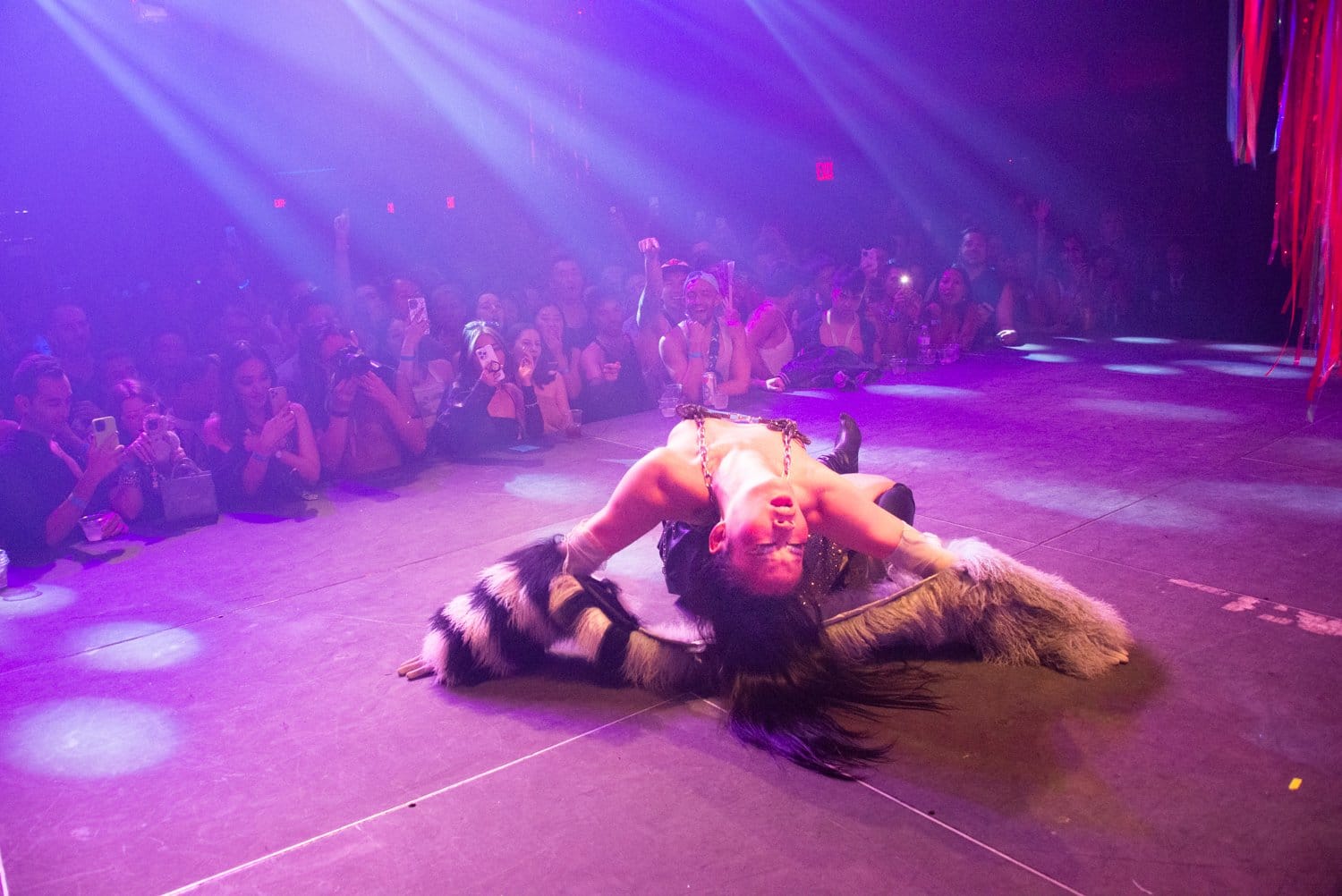
Their story
In many of Aguas’ works, you see two or more queer figures hold each other’s hands, or in mid-dance, mouths open, sharing secrets, laughing deliriously, kissing, smiling, or hugging each other. “You are safe to be yourself here,” the images seem to whisper.
In one of his interviews, he mentioned how he always wanted to capture the Asian American community in this light because he wants to immortalize moments of when they feel triumphant.
“The ways my queer friends get to embody their own identities and explode on stage is something I could've never dreamed of,” Aguas said. “Every picture I take gives me permission to push against my fears and insecurities as a queer person. I hope that my pictures give others permission to discover their queerness as well.”
I personally do sense that openness. His portraits remind me of my friends and me, of the safety of queer relationships and spaces, of how healing these people are — where we can feel free to dance, cry and hold each other all at once.
Queer secrets and revelations
Photography has its own way of storytelling, and queerness is, of course, a huge character in Aguas’ work. Photographers like him deeply desire the result of careful planning, intention and practice.
“Especially with my work that focuses on my Asian American community, my main goal is to combat the ways we are fetishized, invisibilized, and made to be sidekicks to white protagonists,” he said.
With the community as subjects in mind, I also discussed the nature and feelings his craft evokes, as I notice the revolving themes of sexiness and joy around his portraits. Aguas quickly opened up and tells me: “Discovering my sexiness has been such a recent development. During quarantine, my friend Vincent was working on 88 thirst-trap watercolor paintings of Asian Americans and asked me to be one of the models. Taking a thirst trap for this project was the first time I gave myself permission to even take a sexy photo, much less share it to the public. And I felt so powerful! So I’ve kind of been chasing that feeling and also thinking about how a session with me can give others permission to exude sexiness.”
Straddling several years of exploration, Marion Aguas’ self-portraits delicately present even their own stories and experiences of transition in a rapidly transforming world. No wonder an intimate energy radiates out of his camera.
“My relationship with joy is one that I have learned through kasamas and chosen family. It’s through them that I learned how to love myself and give myself and others care that is easy and free,” he said.
Aguas’ roll is a tableau of the queer Asian American folx, the ones whose bodies, particularly the diasporic figures who are so often exoticized, so often rendered invisible, flashed in a revelation of celebration. It’s hard not to flip through the folx he’s shot and not see how these people are carving a way for our liberated futures, including him.
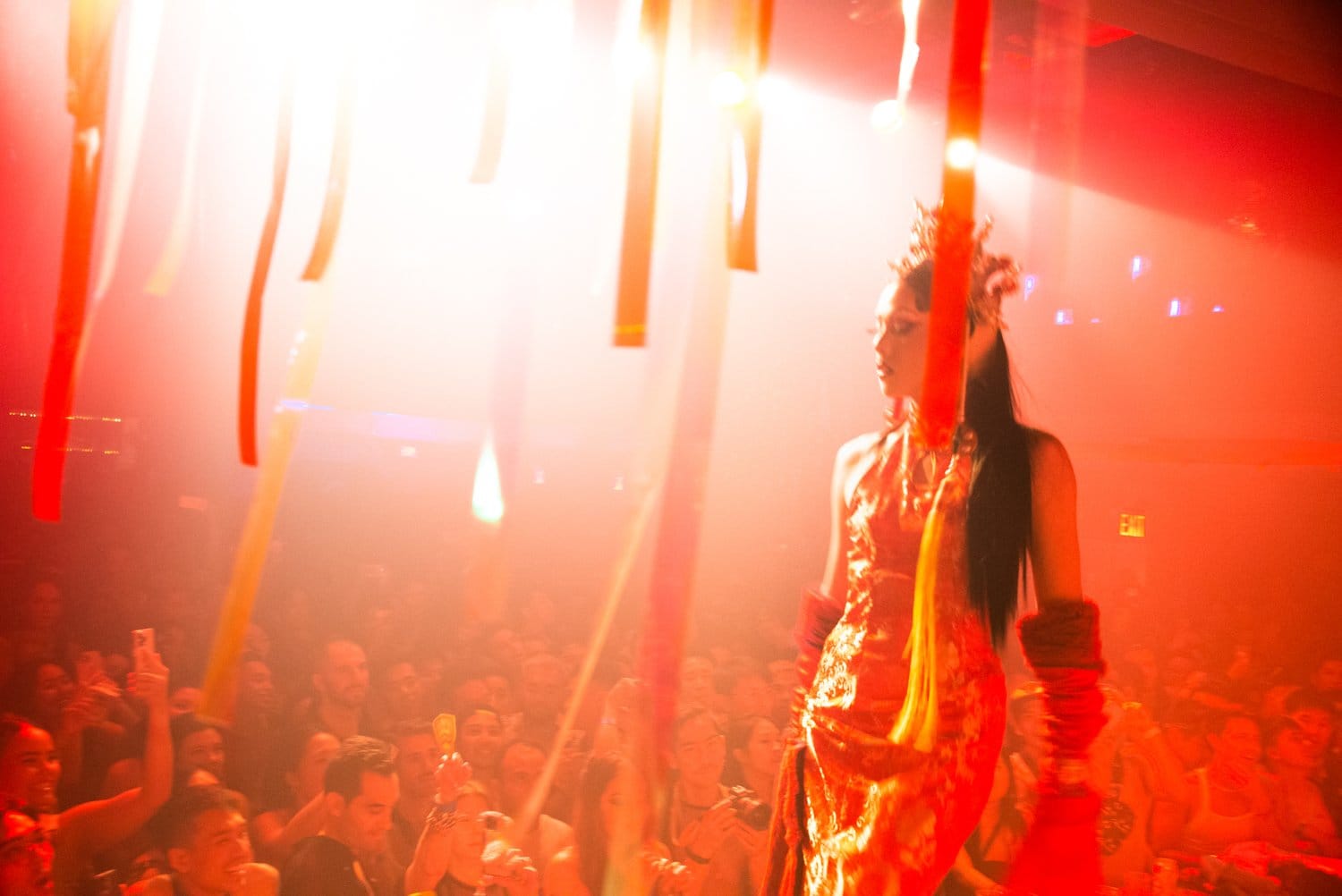
Family reimagined
Aguas’ work reimagines the concept of family portraits as well, by reshaping ideas of family, home, love, and care in our own terms and images.
“All of these folks were once strangers. Some became my best friends. Some were crushes. And some have [broken] my heart! All my friends inspire me,”
Speaking exactly to this sentiment, Aguas’ personal journey is filled with complexities and multitudes that led him to where he is now. Digging into his story, the transmasc photographer shared that it’s not easy becoming a Filipinx trans person in the U.S.
“A common Fil-am experience (regardless of gender/sexuality) is feeling out-of-place, lost, and detached from our culture,” he said. “So there’s this issue of having to rediscover/reconnect with our Filipino identities. Then as a queer person, there’s also the further need to find a queerness that isn’t dictated by Whiteness.”
He added, “I see arguments between Philippines Filipinos and U.S. Filipinos on Twitter sometimes: critiques from the homeland Filipinos about how cringe or ignorant we can be about our culture. The internet creates this illusion where we don’t see that vastness of our different experiences. But the reality is, so much is lost across the miles, time, family separation, and trauma that separates Filipinos in the diaspora from the Philippines.”
Fortunately, he found his families between LA and NYC, homes that make him feel like he can be fully himself, welcoming his transition journey. Today, that legacy permeates much of queer culture and sociality: the practice of building a community that takes care of one’s belonging and nurtures that bond we have within ourselves and one another. In a world that polices our race, identity, and sexuality, portraits of us in euphoria is blissfully radical. This repairs something in us.
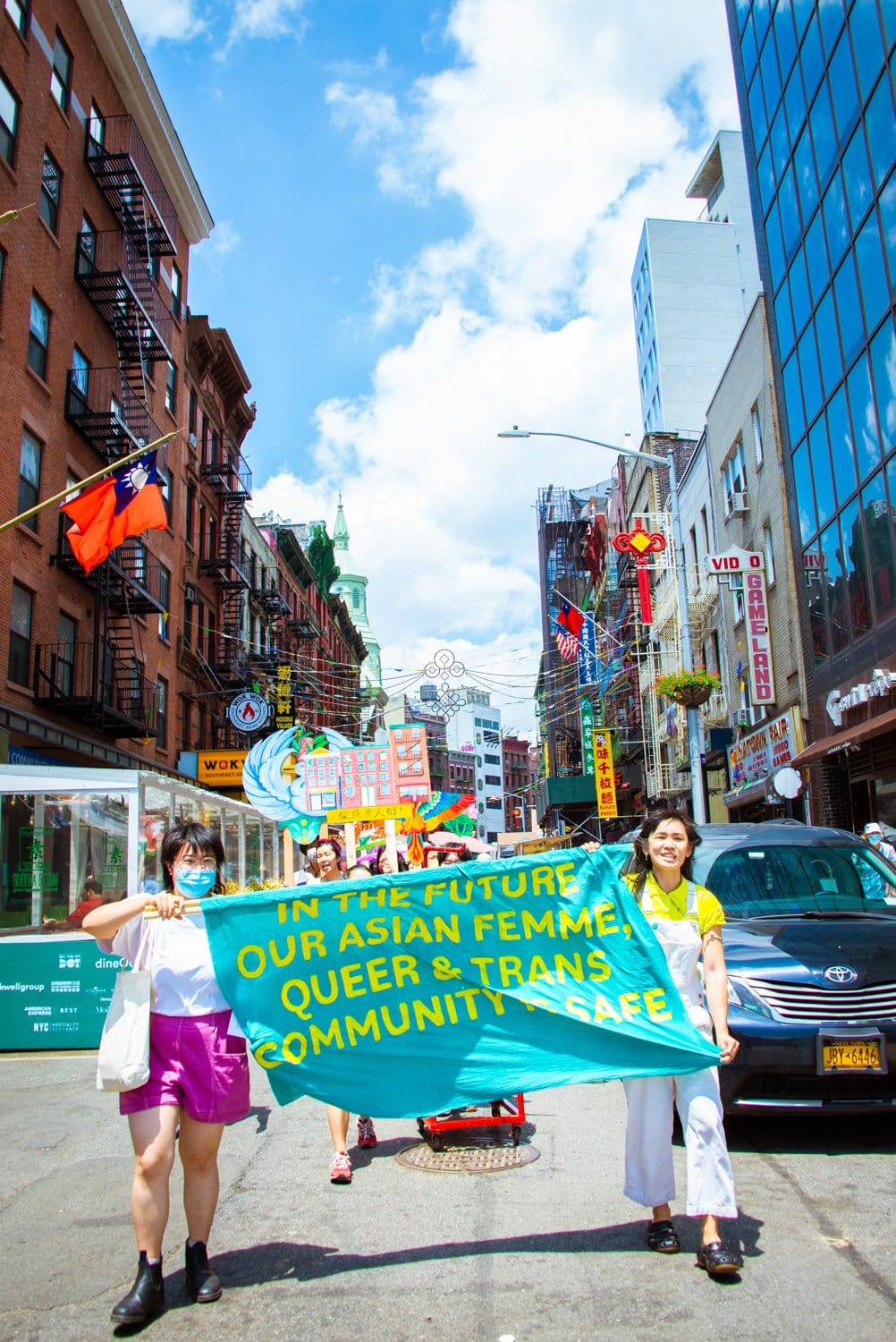
Liberated futures
When we arrived to talk about the future, I sat with Aguas the teacher, not the photographer, and asked how his summer classes went. He says he’s still figuring it out.
“It was hard! High schoolers are cute, scary, funny, moody!” he said. “I’ve always wanted to teach. I love sharing the knowledge that I have; I love learning from others. Seeing my student’s final presentations at the end was my favorite. I really got to see some of these kids know nothing about photography and then witness their growth! That was wild,” he said.
It is a refreshing moment seeing trans teachers orbit around and that there will be a future generation of kids, artists and storytellers who learn from them. As the world continues to realize that education is empowerment and a necessary one, our narratives will be more important than ever. And for these younger voices, Aguas has a message:
“Follow your gut and trust in your work. If you like how something looks, follow that and find others who have similar aesthetics as you. Nothing you are making is ‘new,’ so see where you fit into the landscape of what’s getting made so you can find your people. Art is about communicating something from inside you. Have fun! It takes forever to establish a voice, a style. Life is long; don’t rush.”
In talking to Marion Aguas, I’ve realized we are all just out here trying our best to find belonging — a triumphant one. And it’s no surprise, given how narrow representation gets us on screen, but the reality is we’re everywhere. We’re at bars, clubs, schools, studios, parks, beaches, homes — whatever that might look like. Let’s make sure we document being here gracefully. Make sure they remember who we are.
When asked about this, Aguas giggled in an existential crisis:
“Who am I?” he said. “At the moment I'm kind of like a himbo club jock/K-pop sad boy hybrid. I think my online presence makes it seem like I'm a social New York club kid […] Like, Instagram-me is built on this cool queer nightlife persona […] but I want to set the record straight and remind everyone I'm a Cancer and what I love the most is basking in my nostalgia alone while I'm cozy in my room!”
I added, “Do you feel triumphant [in] who you are?”
Aguas tells me: “This is the closest I’ve felt to feeling at home, maybe in my whole life. And I do think that has to do with the fact that, at the moment, I feel safe enough to be myself.”
